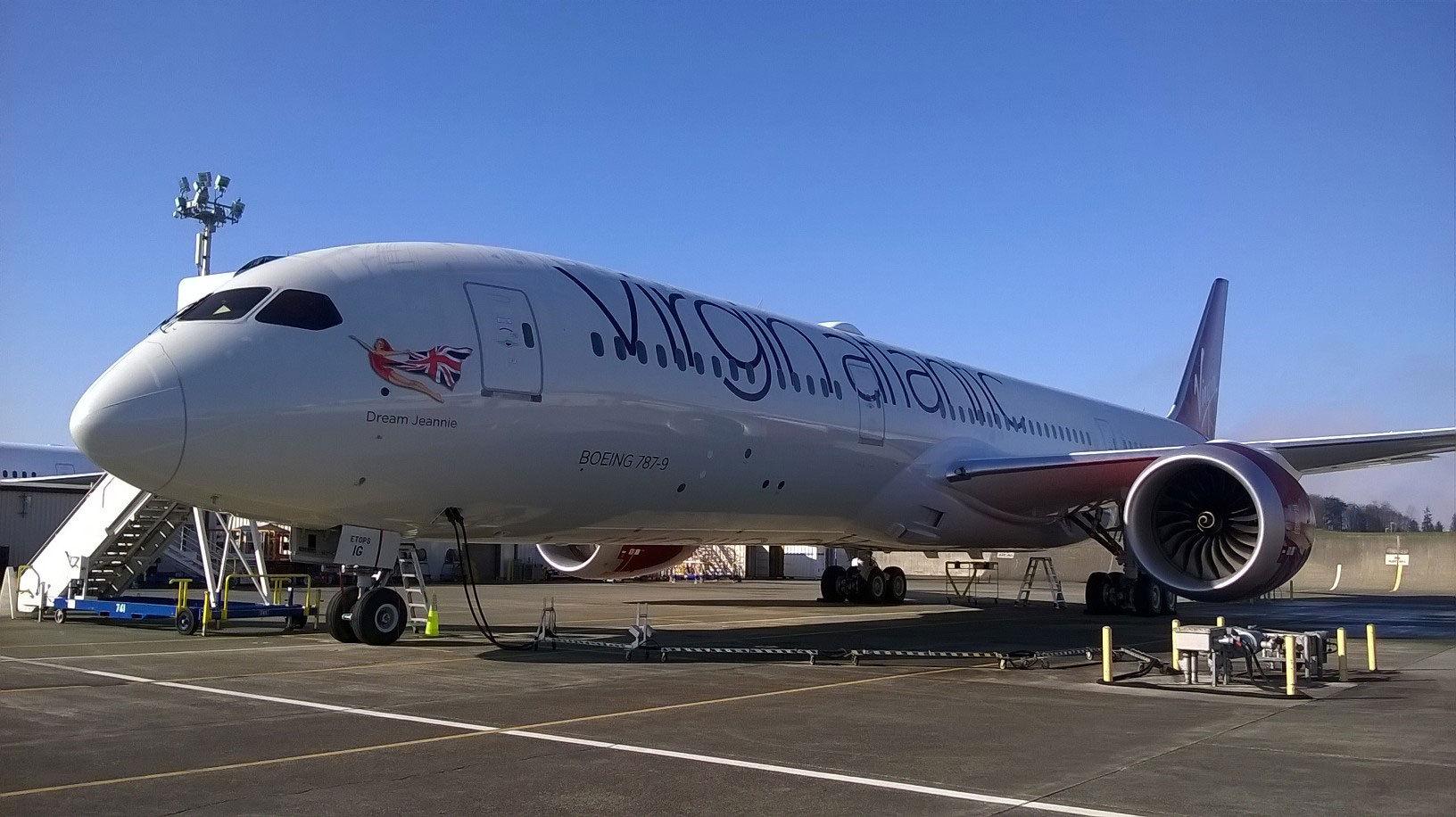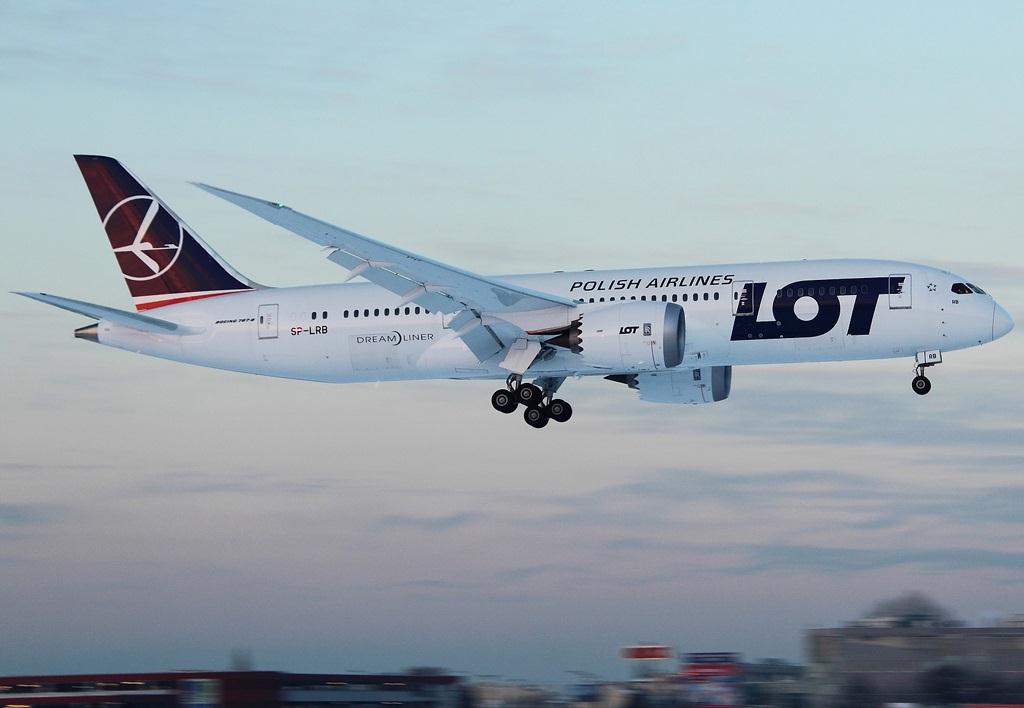The Asia-Europe air freight market is about to undergo a series of changes, with new aircraft types and new airlines entering the fray.
Finnair, which will take delivery of its first Airbus A350-900 this fall, will first fly it on short domestic and intra-Europe sectors. After that, it has tentatively planned to fly the A350 from Helsinki Airport to Shanghai Pudong International Airport in October 2015, to Beijing Capital International Airport in November 2015, to Bangkok Suvarnabhumi Airport a month after that, to Hong Kong International Airport in February 2016, and to Singapore Changi Airport in May 2016.
“We are very excited to be the first European airline with brand new A350 aircraft operating to these key destinations commencing during the fourth quarter of 2015 and the first quarter of 2016,” says Tomi Asikainen, sales director for northeast Asia at Finnair Cargo. “The new A350 will increase our cargo capacity by 16 to 20% per flight, which we welcome warmly. Economically, the A350 will truly be a game-changing aircraft because in addition to an increased payload, it needs 25% less fuel to carry cargo between Asia and Europe.”
With 19 A350-900s on firm order, Finnair plans to phase out all seven of its A340-300s by 2017. But it’s not the only airline to gradually remove the A340 from its long-haul fleet.
Swiss International Air Lines, which has six A340-300s, will begin replacing them in January 2016 with the first of nine Boeing 777-300ERs it has ordered. Swiss will be flying the new type to Hong Kong from April 2016 and to Bangkok from July 2016.

“The new 777 will offer us almost 30% more capacity in terms of volume and weight,” says Alain Guerin, director and head of cargo marketing at Swiss WorldCargo. “Its extended range will minimize the weight restrictions we currently have in the winter months, thus offering a stable capacity throughout the year.”
The carrier isn’t too worried about not being able to fill that extra capacity, but Guerin adds that, even though the import-export balance for the Asia-Europe market has at times been able to reach parity in terms of volume, the same is not true for yield.
“Demand for the Asia-bound sectors is still fragile and has receded again, but not to the previous extent which caused a heavy imbalance,” he says. “As a consequence, there is more stable capacity in the freighter market which thus evens out the demand peaks since capacity is available to absorb those peaks.”
Elsewhere in Europe, UK-based Virgin Atlantic is also in the process of replacing its Airbus A340-300s and A340-600s, but with Boeing 787-9s rather than the larger 777. It received its first 787 in October 2014 and now has six, with another 11 on firm order. The airline started flying the 787 to Delhi at the end of March 2015, to Shanghai in mid-June 2015 and to Hong Kong in early July 2015. The 787 is also scheduled to be deployed on the Dubai route in July 2016.
“We’ve been really impressed by our experience of the B787-9 so far,” says Neil Vernon, vice president of international sales at Virgin Atlantic Cargo. “It is still relatively new on our Hong Kong route but in the first couple of weeks we’ve been getting 14-16 tonnes with a full passenger load. On Shanghai, it has significantly out-performed our previous A340-300 services and is close to matching that of the A340-600. From London to Shanghai, the aircraft is giving us over 23 tonnes of capacity, which is seven tonnes more than we were achieving during the winter season. From Shanghai to London, we’re getting up to five tonnes more capacity per flight.”
 Vernon says that Virgin Atlantic Cargo’s operations in the first half of the year were affected by fluctuations in the market.
Vernon says that Virgin Atlantic Cargo’s operations in the first half of the year were affected by fluctuations in the market.
“2014 ended with a strong peak season for our two daily services from London Heathrow to Hong Kong and Shanghai,” he says. “Like many carriers our volumes from Asia benefited from the problems at the US west coast ports as well as a big product launch in the smartphone market, and this positive trend continued into the first two months of this year.”
Chinese New Year’s Day in 2015 fell on February 19, which was about one to two weeks later than unusual. This impacted cargo traffic in March because Chinese manufacturing shut down for the first two weeks of the month and production and exports did not return to their expected levels until the latter part of the month, says Vernon.
That bumpy start was felt by virtually all airlines serving China, including those that have a relatively smaller presence in the country such as LOT Polish Airlines, which currently serves Beijing three times a week with a 787-8.
“In 2014, LOT Cargo reported an increase of 29% in cargo traffic from China compared to the previous year,” says Mariusz Kuczek, head of cargo at LOT. “After the slow warm-up in the beginning of 2015 because of Chinese New Year and a new economic situation which resulted in changes in exchange rates, the cargo load factor on our flights from Beijing has increased to almost 100% and we hope that 2015 will finish with a better result than 2014.”
LOT has ambitious plans for Asian growth. It announced in June 2015 that it would start flying thrice weekly from its Warsaw base to Tokyo Narita in January 2016, as well as to Bangkok and Seoul in October 2016. The airline also said that it would be announcing two more long-haul routes in the fall, although it is not known whether these will be Asian cities.
“The new destinations in Asia are very important to us,” says Kuczek. “LOT Cargo will expand its offering, shifting from one to four directions and thanks to that it will become the first-choice carrier for our sales agents regarding cargo transportation to Asia. We will strengthen our positioning in Poland and in Eastern European countries, especially the Czech Republic, Hungary and Slovakia.”

All three routes will be flown with 787-8s, of which LOT has six in its fleet and two more on order.
“The B787 aircraft is a very good plane to carry cargo – it basically has no capacity limits because of the distance,” says Kuczek. “For this type of aircraft, we can offer space for goods with a weight of as much as 20 tonnes. The aircraft is equipped with a temperature control device, which enables transportation of perishable goods and which our customers are very satisfied with.”
Newer, more fuel-efficient planes will help to relieve some of the pressure on airlines operating in the Asia-Europe market, which has recently been particularly difficult due to the issues caused by the Greek debt crisis.
“The problem for the air cargo industry is that its performance is directly related to the global economy, consumer confidence and so many other factors outside of its control,” says Vernon. “Right now, the slower economic growth in China is a big concern while, in Europe, uncertainties over the future of Greece may also have a longer-term impact. European consumers and companies certainly appear to be spending more cautiously and many of the goods they would typically be buying originate from Asia so that has a knock-on effect on air cargo.”
While Asikainen says that overcapacity and lower demand to Europe have resulted in diluted yields to some central European destinations, Finnair is focused on retaining its customers.
“We put a lot of effort into building long-term partnerships with our customers – we listen to what their needs are and provide efficient, high-quality transport solutions, including special cargo such as pharmaceutical products. Our dedication to reliable service will ensure customers return to us.”
Meanwhile, LOT is hoping to take advantage of the location of its home base to carve out its own appeal.
“Warsaw is a hub not only for Poland, but also for neighboring countries,” says Kuczek. “This is thanks to very good flight and road-feeder connections to and from Lithuania, Latvia, Estonia, the Czech Republic, Slovakia, Hungary, Germany, Belarus, Ukraine and Russia. Thanks to the new connections, the status of Warsaw in Central Europe will strengthen even more.”
The Polish airline is only working on a limited round of expansion in 2015 in terms of destinations and frequencies, but with an expanded trucking network, new services such as e-freight, express and pharma solutions, Kuczek says LOT is expecting better results than 2014, despite less favourable conditions.
“In the long term, we expect further flattening of the disparities between transport operations to and from Asia,” he says. “Our goal is to reach load factors of over 80% on flights to Asia. We’ve observed a huge interest from Polish exporters, especially for Tokyo and Seoul, and we have had a very positive response from our agents about our new Asian connections.”
Swiss is optimistic as to the success of air freight between Asia and Europe, but believes there is even more potential within Asia itself.
“The Asia-Europe trade lane, while paling in comparison to the intra-Asia growth, will steadily grow and free trade agreements like the one signed between China and Switzerland will evolve slowly to build lasting and balanced trade,” says Tod Mawhinney, director of cargo for the Far East at Swiss WorldCargo. “Increased air services between the two regions based on passenger growth will outpace that of cargo significantly, thus depressing yields short and long term. We believe that intra-Asia trade will increase at a faster pace with more trade agreements and consumer buying power, and will remain a main growth opportunity.”
For Virgin Atlantic though, the uncertainties in the months to come call for caution.
“The summer period is typically a time when demand reduces because of the extended holiday period in Europe. The market looks as though it will remain extremely challenging in the short-term given the volatility of the world economy,” says Vernon. “Everyone is hoping for a strong Asia-Europe ‘peak season’ to end the year but it is currently difficult to predict just how strong it will be.”
By Jeffrey Lee
Staff Writer | Hong Kong



